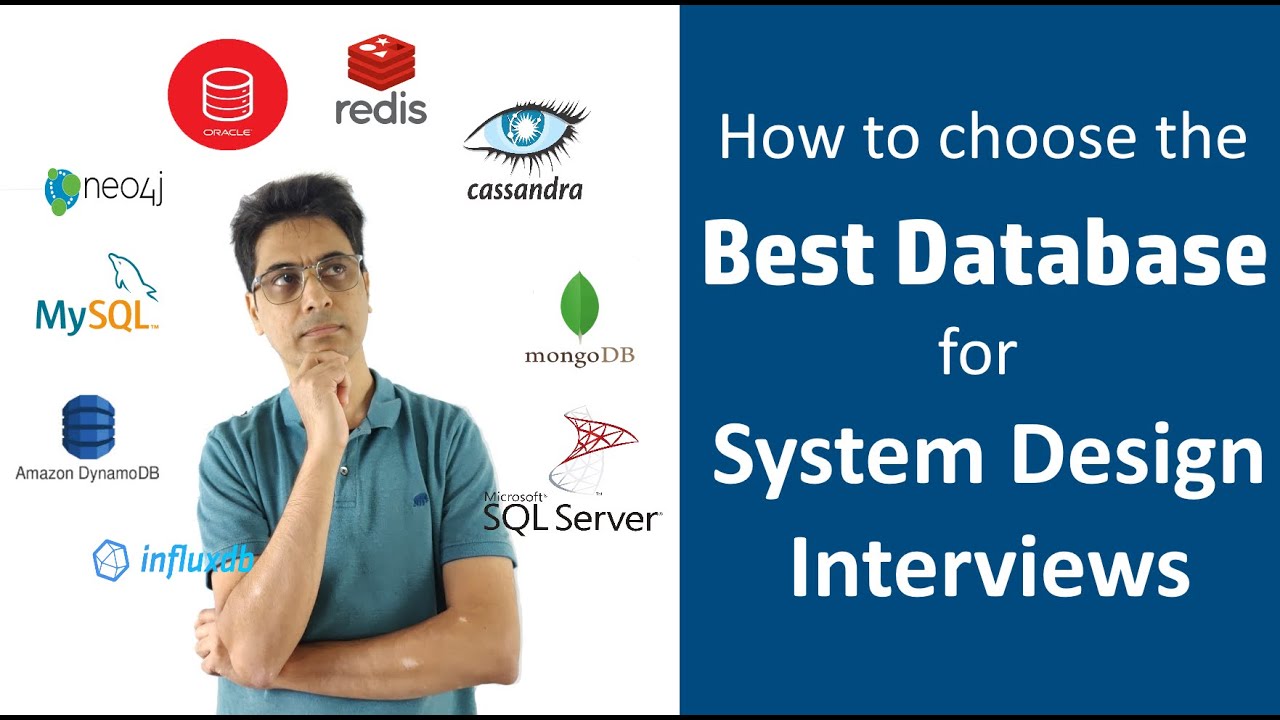How to Document Requirements - How to write better requirements [Business Analyst Training]
Summary
TLDRThe video script offers a comprehensive guide on how to document requirements for a project. It emphasizes the importance of understanding the problem, conducting research, and engaging with stakeholders through interviews and observation. The speaker, with over 10 years of experience as a business analyst, shares practical tips and a template for creating a business requirements document. The example of documenting requirements for a new sandwich at Subway is used to illustrate the process, highlighting the iterative nature of refining solutions and the ease of writing requirements once the problem and solution are well understood.
Takeaways
- 📝 Documenting requirements begins with understanding and defining what constitutes a requirement.
- 🔍 Start by researching existing documentation such as help files, manuals, project documents, and online resources.
- 🥪 Use real-world examples, like documenting requirements for a sandwich, to illustrate the process of identifying requirements.
- 🤔 Always question the 'why' behind a project to understand the underlying problem that needs solving.
- 🗣️ Conduct stakeholder interviews to gather insights and validate your understanding of the problem and potential solutions.
- 👀 Implement observation to gain firsthand experience of the process or product you are documenting requirements for.
- 💡 Conceptualize solutions based on your research, interviews, and observations before attempting to write requirements.
- 📋 Once the problem and solution are clear, writing requirements becomes easier by following a structured template.
- 🔗 Use a template to organize your requirements document with clear sections, headings, and bullet points.
- 🌟 Tailor the requirements to the specific needs of the project and ensure they address the identified problem effectively.
- 📈 Consider the iterative nature of requirements documentation and be prepared to refine them based on feedback and validation.
Q & A
What is the first step in documenting requirements according to the video?
-The first step is to review the documentation that already exists. This could include help files, manuals, project documents, wiki pages, Google search results, meeting recordings, and company websites.
Why is it important to understand the 'why' behind a project?
-Understanding the 'why' behind a project is crucial because it helps to ensure that you are solving the right problem. Knowing the purpose and the intended outcome guides the creation of effective and accurate requirements.
What are some ways to uncover requirements for a project?
-Uncovering requirements can be done through various methods such as researching existing documentation, observing processes and users, and conducting stakeholder interviews to get validation and feedback.
How can you ensure that the requirements you document are relevant to the stakeholders?
-By conducting stakeholder interviews and engaging in discussions with various people involved in the project, such as project managers, product managers, and end-users, you can gather diverse perspectives and ensure that the documented requirements address their needs and concerns.
What is the role of observation in the requirements documentation process?
-Observation plays a critical role as it allows you to experience the user's journey firsthand, understand the processes involved, and identify pain points. This practical knowledge aids in conceptualizing solutions and writing requirements that are practical and user-centered.
How does the video suggest coming up with solutions for the requirements?
-The video suggests that after understanding the domain, identifying the problems, and comprehending the user's journey, you can conceptualize solutions. This involves brainstorming and ideation to address the issues uncovered during research and stakeholder discussions.
What is the recommended approach to writing requirements once you have a solution in mind?
-The recommended approach is to follow a template that outlines the necessary sections for a business requirements document. Breaking down the solution into manageable chunks, indenting, numbering, and detailing each requirement clearly and concisely.
How can the business requirements document template from the speaker's website be beneficial?
-The template provides a structured format with all the necessary sections and an example to follow, making it easier for someone to document their requirements. It streamlines the process and ensures that important details are not overlooked.
What are some follow-up actions suggested in the video after documenting the requirements?
-After documenting the requirements, it is suggested to get buy-in from stakeholders, executives, product managers, and project managers. This involves an iterative process to get sign-off on the solutions and requirements before moving forward with implementation.
What additional topics are mentioned in the video as areas for further exploration?
-The video mentions further exploration into high-level versus detailed requirements, writing requirements in a document versus as user stories, and other related topics which are covered in other videos on the channel.
Why is it important to not rush into writing requirements without understanding the problem and solution?
-Rushing into writing requirements without a deep understanding of the problem and a conceptualized solution can lead to failure. It is crucial to have a clear picture of what is being solved and how it will meet the needs of the users and stakeholders to ensure the success of the project.
Outlines

This section is available to paid users only. Please upgrade to access this part.
Upgrade NowMindmap

This section is available to paid users only. Please upgrade to access this part.
Upgrade NowKeywords

This section is available to paid users only. Please upgrade to access this part.
Upgrade NowHighlights

This section is available to paid users only. Please upgrade to access this part.
Upgrade NowTranscripts

This section is available to paid users only. Please upgrade to access this part.
Upgrade NowBrowse More Related Video

Business Requirement Document (BRD) Tutorial and EXAMPLE

Aula 08 - Como Definir os Requisitos de Projetos?

Types of Databases | Criteria to choose the best database in the System Design Interview

DALF C1 2024 - Production écrite SYNTHÈSE + ESSAI - PDF

Business Analyst Interview Questions and Answers | 35 Essential Questions

CARA DAFTAR CPNS ONLINE 2024 - CARA JADI PNS
5.0 / 5 (0 votes)